2019-03-04 10:51
Port of Hamburg sets record for seaport-hinterland rail traffic
Handling 135.1 million tons of seaborne cargoes (down one percent), Germany’s largest universal port can report a respectable result for 2018. Hamburg successfully asserted itself in a difficult environment, achieving a distinct advance on railborne seaport-hinterland transport.
In 2018, this category accounted for totals of 46.8 million tons - up 2.7 percent - and 2.44 million TEU - up 4.7 percent. More than 60,000 cargo trains with around 1.6 million freight cars were handled during 2018 on the Port Railway network alone. This topped the record total set in 2016 and extended Hamburg’s position as Europe’s leading rail port. Jens Meier, CEO of Hamburg Port Authority, says: ”The positive figures for the Port Railway are a success that we achieved together with our partners last year. We can be justly proud of this performance.” To a large extent this strong position is based on the large number, exceeding 100, of liner services linking Hamburg with the great majority of the 1,000 seaports worldwide. “Right at the outset of the new year, the Port of Hamburg is off to a flying start as it accepts four new liner services.
With weekly sailings from Hamburg, these four Transatlantic container services also link ports on the US East Coast plus others in Mexico,” explains Axel Mattern, Joint CEO of Port of Hamburg Marketing (HHM). “With the transfer of these, ‘THE Alliance’ liner services additional throughput volume of the order of up to 500,000 TEU is arriving on the Elbe.” In container transport with China, along with the ocean-going vessel as the main carrier, a distinct increase is occurring in transport by rail. China again remained the Port of Hamburg’s largest trading partner in 2018. One in three of all containers handled in the port are for, or from, China.
Complementing the excellent seaborne services, more than 235 connections by rail are now offered from Hamburg along the New Silk Road. “Having handled around 4.8 million TEU for or from China, compared to other locations in Europe Hamburg is the main hub for China freight by a wide margin,” says Mattern. Hamburg is the central freight handling hub for transport along both the maritime and overland Silk Road. “We shall be further strengthening and expanding our location in terms of transport geography for the benefit of our worldwide port customers,” adds Mattern.
HHM’s Joint CEO sees tremendous growth potential in logistically linking the countries of the Baltic region with the Silk Road. No centre anywhere else in Europe offers this variety of direct sea and rail services with China, emphasizes Mattern. “The short distances between the high-sea and hinterland services by all carriers make Hamburg especially attractive as a hub for China trade. “A dense network of around 2,000 container train connections, excellent autobahn infrastructure, a host of possibilities for transport by truck and inland waterway craft, as well as an airport with an air freight centre, justify Hamburg’s claims as a leading logistics hub.
In 2018, this category accounted for totals of 46.8 million tons - up 2.7 percent - and 2.44 million TEU - up 4.7 percent. More than 60,000 cargo trains with around 1.6 million freight cars were handled during 2018 on the Port Railway network alone. This topped the record total set in 2016 and extended Hamburg’s position as Europe’s leading rail port. Jens Meier, CEO of Hamburg Port Authority, says: ”The positive figures for the Port Railway are a success that we achieved together with our partners last year. We can be justly proud of this performance.” To a large extent this strong position is based on the large number, exceeding 100, of liner services linking Hamburg with the great majority of the 1,000 seaports worldwide. “Right at the outset of the new year, the Port of Hamburg is off to a flying start as it accepts four new liner services.
With weekly sailings from Hamburg, these four Transatlantic container services also link ports on the US East Coast plus others in Mexico,” explains Axel Mattern, Joint CEO of Port of Hamburg Marketing (HHM). “With the transfer of these, ‘THE Alliance’ liner services additional throughput volume of the order of up to 500,000 TEU is arriving on the Elbe.” In container transport with China, along with the ocean-going vessel as the main carrier, a distinct increase is occurring in transport by rail. China again remained the Port of Hamburg’s largest trading partner in 2018. One in three of all containers handled in the port are for, or from, China.
Complementing the excellent seaborne services, more than 235 connections by rail are now offered from Hamburg along the New Silk Road. “Having handled around 4.8 million TEU for or from China, compared to other locations in Europe Hamburg is the main hub for China freight by a wide margin,” says Mattern. Hamburg is the central freight handling hub for transport along both the maritime and overland Silk Road. “We shall be further strengthening and expanding our location in terms of transport geography for the benefit of our worldwide port customers,” adds Mattern.
HHM’s Joint CEO sees tremendous growth potential in logistically linking the countries of the Baltic region with the Silk Road. No centre anywhere else in Europe offers this variety of direct sea and rail services with China, emphasizes Mattern. “The short distances between the high-sea and hinterland services by all carriers make Hamburg especially attractive as a hub for China trade. “A dense network of around 2,000 container train connections, excellent autobahn infrastructure, a host of possibilities for transport by truck and inland waterway craft, as well as an airport with an air freight centre, justify Hamburg’s claims as a leading logistics hub.
< Korea Shipping Gazette >
많이 본 기사
- 동영·동진·범주, 인천-베 하이퐁 노선 19일 뱃고동해양진흥공사 3년만에 조직개편…디지털·공급망에 방점해운협회, 대륙상운등 우수 예선사 7곳 선정스위스 MSC, 中 조선소에 LNG로 가는 2.2만TEU급 컨선 4척 발주BDI 1262포인트…全 선형서 성약 감소 '하락' 전환스위스 MSC, 대서양항로 2편 합리화…제노바-뉴욕 9일 주파‘벌크·물류사업 호조’ 日 3대 해운사, 9개월간 영업익 두자릿수↑도선사협회, 진기원 부회장 선임‘수요회복 지연 영향’ 글로벌 컨운임지수 7주째 하락해양교통안전공단, 이문규 신임 운항본부장 선임
- 항만물류협회, 항만하역장 재해예방 인프라 지원사업 실시인사/ 동우국제한국해大 교수회장에 박찬근 교수 당선울산항만공사, 지역 복지시설 에너지 효율화 사업 마무리IPA, ‘컨’터미널운영사와 항만물류 환경변화 대응방안 모색‘中이커머스 효과’ 인천공항, 해상-항공연계운송 신기록 달성인사/ 해양환경공단여수해수청, 올해 1분기 유류세보조금 지원광양항 항만시설물 보수공사 추진…59억 투입BPA, 21년 연속 흑자경영 달성…공공데이터 평가도 최고등급
스케줄 많이 검색한 항구














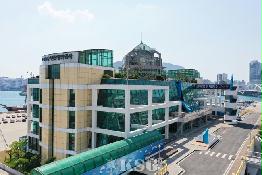





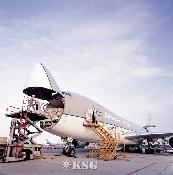







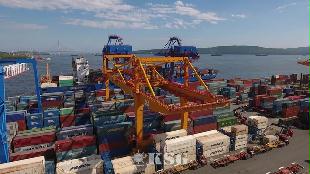
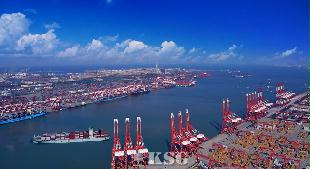
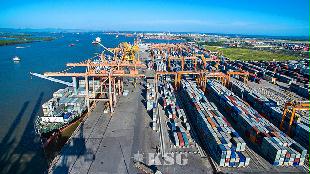
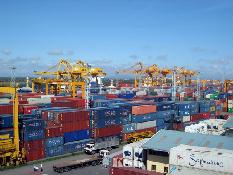

































0/250
확인